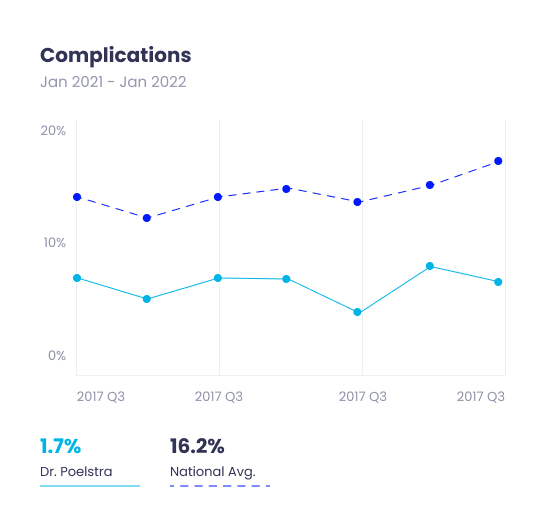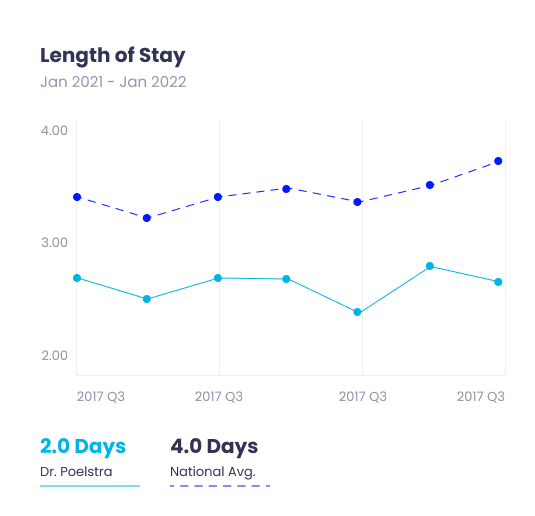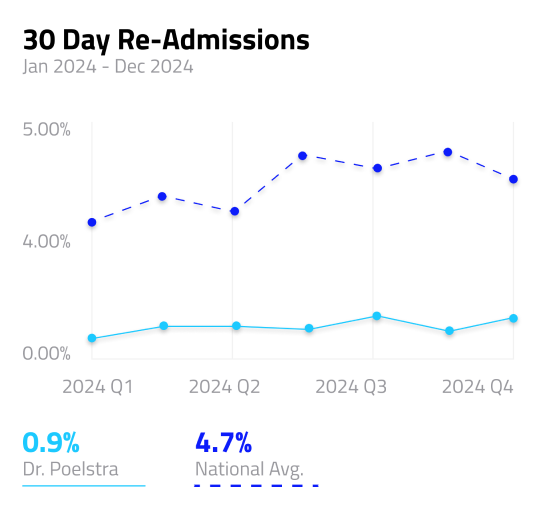Spinal Conditions
Our Conditions
Home>Conditions
The lumbar spine consists of the bony vertebrae, discs, nerve roots and other structures. The vertebrae, which stack up to create the spinal column, surround and protect the spinal cord and, in the lumbar spine, the nerve roots (called the cauda equina). The discs are located between each vertebra. They allow motion between vertebrae, act as shock absorbers, and distribute the stress and strain placed on the spine.
People with Osteoporosis, tumors, or other underlying conditions that weaken the bone can get a spinal fracture with minimal trauma or normal activities of daily living. Other fractures may be the result of high-energy trauma like a car accident, fall, sports accident, or act of violence. Males experience high-energy injuries four times more often than females do. The spinal cord maybe injured, depending on the severity of the fracture.


Symptoms include moderate to severe neck or back pain made worse by movement. In some cases when the spinal cord or nerve roots are involved, numbness, tingling, weakness, or bowel/bladder dysfunction can occur. In addition to a complete medical history and physical examination, diagnosis of spinal fractures may include X-Rays, MRIs, and/or CT scans.
Conservative Management: Most osteoporotic spinal fractures heal with time, anti-inflammatory medications, and sometimes a back brace is helpful. Steroid injections may help relieve the pain and some of the inflammation around the nerve roots. If these attempts at conservative care do not relieve symptoms or if there is progressive neurological damage however; surgery may be necessary. The two surgeries discussed here are Kyphoplasty and Vertebroplasty. These surgeries involve one or two vertical incisions approximately one-quarter to one-half inches in length near the midline of the back, at the level of the spinal fracture.
Surgical Management:
Kyphoplasty: is an operation where a small balloon is used to restore the shape and size of the bone (as much as possible) to the pre-fracture state. Then bone cement is injected into the fractured area. The cement hardens very quickly, stabilizing the injury and reducing pain.

Vertebroplasty: Sometimes the fracture has begun to harden so it is not possible to restore the bone shape and size. In this case no balloon is used, but the procedure is otherwise identical, and is called vertebroplasty. The bone cement is simply injected into the fractured area. The cement hardens very quickly, stabilizing the injury and reducing pain.


The reason to do either of these surgeries is to relieve the back pain caused by the spinal fracture. The length of the operation is typically short (45-90 minutes), but depends on the number of fractures operated upon, whether or not previous surgery has been performed and the severity of the fractures. Blood loss is minimal so no blood donations are necessary before the operation. Hospitalization is brief and most patients can go home the day of surgery. Some patients may need to stay overnight.
Surgery and anaesthesia involve stresses to many organs and tissues in the body. Incisions and handling tissues during surgery can result in many problems. The benefits of surgery must be carefully weighed against these risks. Some more common or serious problems are listed here.
Recurrent Fracture: If one of the spinal bones has become weakened by Osteoporosis, resulting in a fracture, then in most cases the rest of the spine has also become osteoporotic and may be at a greater risk for fractures in the future.
Spinal Nerve Root Injury: Permanent spinal nerve root injury is extremely rare. It is not unusual, however to experience minor temporary tingling, numbness, weakness or pain which resolves over several weeks. All precautions will be taken but rarely, more serious nerve root injuries may occur, effecting walking, balance, bowel or bladder functions.
Infection: Infection is always a post-operative risk and occurs in approximately 0.5-1% of lumbar surgery patients. Infections may be superficial or deep into the bone. You are given antibiotics before and after the surgery to help prevent this complication. Please follow the instructions for wound care to help prevent infection.
Other complications: Other possible complications include blood clots, pneumonia and complications related to the general anesthesia.
Adequate rehabilitation is crucial for a successful result. Many patients with spinal injuries have suffered from spinal pain for some time. This may result in considerable weakening of the spinal muscles due to lack of exercise, so you should return to the normal activities slowly.
The primary form of rehabilitation after Kyphoplasty or vertebroplasty is an aggressive walking program. You should start immediately after discharge, walking more and more each day. In general, we recommend two to three episodes of exercise per day. The average patient should be walking 20 minutes twice a day by their first postoperative visit and 40 minutes twice a day by six weeks after surgery. Walk more if you are so inclined!
Patients routinely experience a dramatic reduction in their pain. If the nerves have been irritated for a long time before surgery, then a more gradual reduction of the pain is to be expected. As the nerves heal, you may experience tingling or a warm feeling. Back pain associated with the incision is minimal, and is largely improved within two to three weeks. Increased pain with prolonged sitting and driving is expected.
At your first post-operative visit we will inspect your wound and remove any stitches as necessary.

Do not soak your wound. No bathtub, swimming, or hot tub, etc. until you have received permission from your physician. Do not remove any “butterfly” bandages right next to your skin. These are designed to get wet and fall off in the shower over time.
To shower: simply remove the outer gauze bandage and shower as usual. Blot the incision dry, and then cover it with a clean, dry bandage.
Prescribed narcotic pain medication may cause some constipation. To help with this:
If you need a refill on your pain medication, please have your pharmacy fax the refill request to our office 1 (888) 636-7840 and please allow up to 48 hours for the request to be processed. Refills on pain medication will not be filled after hours or on weekends or holidays. Be aware of how much pain medication you have, & obtain refills before you run out.
Avoid twisting your neck to the extremes, and avoid forced bending of your neck either forward or backward. Gentle range of motion of the neck is OK. Do not drive until you have received permission from your physician.
We’re proud to share our results from our outstanding spine surgeries performed to date. Although these results show that the Robotic Spine Institute of Las Vegas provides some of the best spine care and treatment in the world, we are consistently evaluating and improving our methods to treat cervical disc, lumbar spine and other medical conditions in the Las Vegas, Henderson, and North Las Vegas and surrounding areas.



speak with one of OUR TEAM MEMBERS